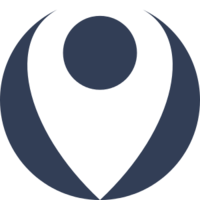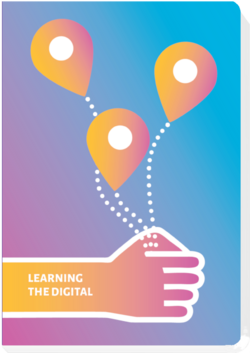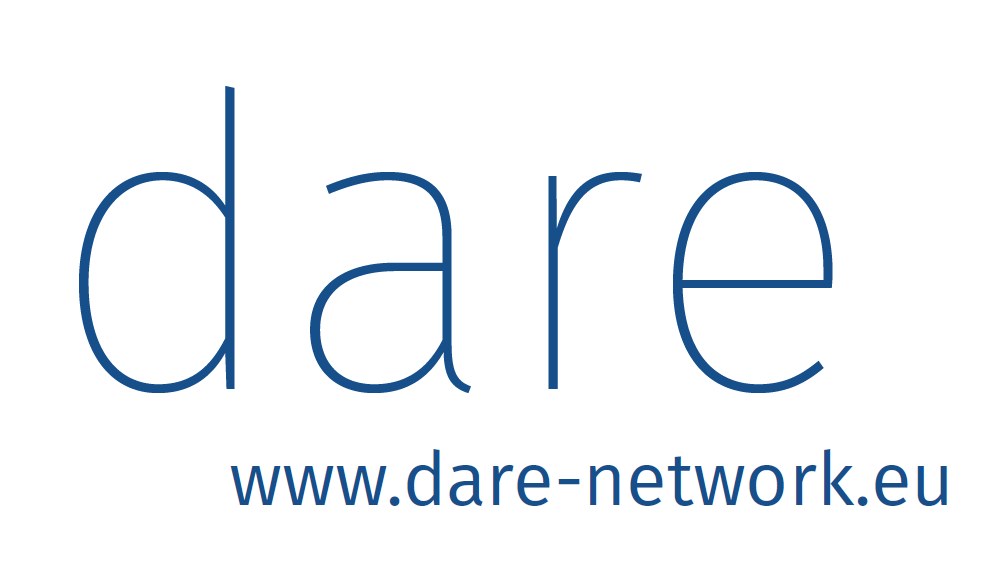Contents
Explore the varieties of mapping
Such an example from citizen science, the approach of collaboration between researchers and citizens, is only one possible way to visualize data for a social purpose. Even platforms like Google rely on millions of individual user inputs related to their maps (for example, everybody might propose entries for a restaurant or an institution).
- The Open Source counterpart to Google is OpenStreetMap (https://www.openstreetmap.org), where every user may contribute to the improvement of the data and use it in turn for their purposes.
Maps with Impact
Many civil society organisations or activists use mapping for visualising causes or complex topics. A few examples of collaborative mapping and how it might be used for your case and purpose:
- The project Wheelmap informs people reliant on wheelchairs about accessible and inaccessible sites.
- The history of squatting and current squats are visualised by Berlin located activists.
- Publicly accessible fruit trees can be found and added to the Mundraub map.
- Who owns Berlin provides an overview of property investment .
- Mapping memories Cambodia tells the history of the Khmer regime.
- Overview over European cross-boarder rail connections created with uMap#CrossBorderRail
- Obiezione Respinta is a collaborative map that tracks public hospitals, counselling centres, pharmacies and family doctors' practices for the delivery of contraception drugs and abortion services in Italy.
- The project BRaVE (Building Resilience against Violent Extremism and Polarisation) has set up a data toolkit with polarisation indicators which might be used in civil society and citizenship education .
- The interesting Not an atlas project can be inspiring with very different types of “counter maps”, maps created at the grassroots level:
Start mapping:
Maybe you could start in your training also with a mapping exercise? Certainly, it need not be as ambitious as the aforementioned projects which benefit from a huge community. You might already start with favourite places of learners, spaces that are relevant for your learning goal or your organisation.
- uMap can help use the great and free OpenStreetMap: https://umap.openstreetmap.de/en/
Mapping: Resources
Nils-Eyk Zimmermann
Editor of Competendo. He writes and works on the topics: active citizenship, civil society, digital transformation, non-formal and lifelong learning, capacity building. Coordinator of European projects, in example DIGIT-AL Digital Transformation in Adult Learning for Active Citizenship, DARE network.
Blogs here: Blog: Civil Resilience.
Email: nils.zimmermann@dare-network.eu
handbook for Facilitators: Learning the Digital
This text was published in: M. Oberosler (ed.), E. Rapetti (ed.), N. Zimmermann (ed.), G. Pirker, I. Carvalho, G. Briz, V. Vivona (2021/22). Learning the Digital. Competendo Handbook for Facilitators.
Created in the frame of the project DIGIT-AL - Digital Transformation Adult Learning for Active Citizenship.















